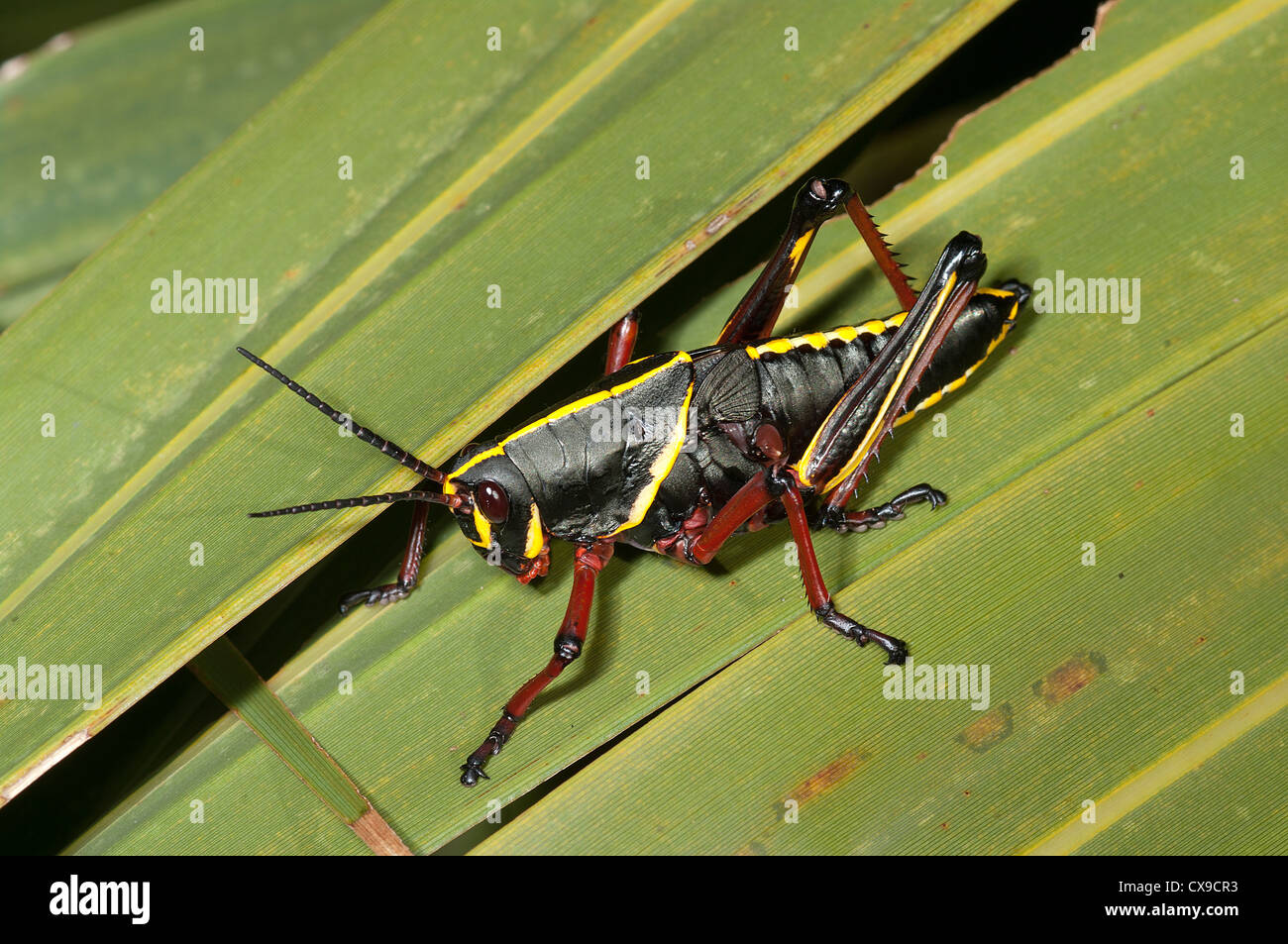
Lake Oconee Georgia Lake Map, Lake Decor Gift, Lake Layout Watercolor. Their wings are rarely half the length of the abdomen most of the time, they are much smaller, and cannot be used for flight. Thumper Pond Ottertail, Minnesota Golf Course Map, Golf Painting, Golf Gift. This species can reach nearly 3 in (76 mm) in size. They live in open pinewoods, weedy vegetation, and weedy fields. Florida Memory is funded under the provisions of the Library Services and Technology Act from the Institute of Museum and Library Services. Most predators know to stay away because of the lubber’s bright colors, but the occasional glutton for punishment will begin vomiting soon after ingesting one. Within their bodies, they produce a toxin that can make birds and mammals sick. microptera inhabits regions west of North Carolina to Tennessee, in Georgia, Alabama, Mississippi, Louisiana, Arkansas, and Texas, and throughout Florida, Missouri, and Arizona. Georgia Thumpers have an interesting defense mechanism to keep predators from eating them. In Mississippi, they are known as the "giant locust". The insect is also colloquially known as a "graveyard grasshopper". If they become adults, they will look totally different. In Louisiana, they are known as the "devil's horse" or cheval-diable. These are the young of the Eastern Lubber Grasshopper, sometimes called the Georgia Thumper. In the black adult color phase, the grasshopper is widely known by the name "diablo" or "black diablo". In the adult stage, it reaches 2.5–3 in (64–76 mm), grows wings half the length of its body, and become either a dull yellow often characterized by black spots and markings, a bright orange with black markings, or entirely black (as in the nymph stage) with yellow or red striping.

When in the nymph stage, it is smaller than in the adult stage, wingless, and completely black with one or more yellow, orange, or red stripes. The much despised Georgia Thumper, as it is known in Leon County and other Florida locations, is entomologically known as both Romalea guttata and Romalea microptera.

microptera grows through several stages, like all insects. Adult stage (bottom) and nymph stage (top)


 0 kommentar(er)
0 kommentar(er)
